A lesser known, but still very rare helmet is the inter-war used British Flying Helmet known as the “Helmet, Cork, Aviation (22C/13),” or more popularly known as the Type “A” Flying Helmet. The “helmet, cork, aviation” was introduced in the early 1920s and reportedly issued only to aircrews based east of Malta.
These unique helmets were comprised of a body based on the popular sun or pith helmets of the era, and the helmet in the author’s collection (above) suggests it was based on the Indian-made “Bombay Bowler” pattern. Other versions suggest the so-called “South African Polo Helmet” pattern was also used. The Type “A” was thus constructed of a variety of materials, including lightweight cork, heavy pressed fiber or even sola pith, and covered with the traditional light khaki drill cloth. The only visible and structural difference from the other helmets was the chamois lined earlflaps that were attached to each side, which buckled under the chin of the wearer.
The earflaps could be fitted with small pockets into which radio telephone receivers or Gosport tubes could be installed, but as the photographic examples – as well as the helmet in the author’s collection show – this was not always the case.
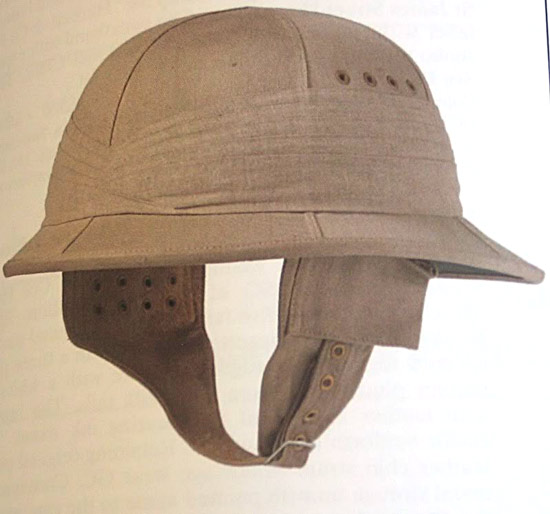
A close up of the South African “Polo” version of the Type A Flying Helmet (Private Collection)
The Type “A” helmet was first issued in the early 1920s and these remained an issue item until officially superseded by the Type “D” cloth helmet in 1941. The length of the use of this helmet could explain the numerous variations that are encountered. It is believed that the helmet was used in tropical areas up until the outbreak of World War II, but it is unlikely that the Type “A” saw much use in operational flying beyond the late 1920s due to the increased speed of military aircraft.
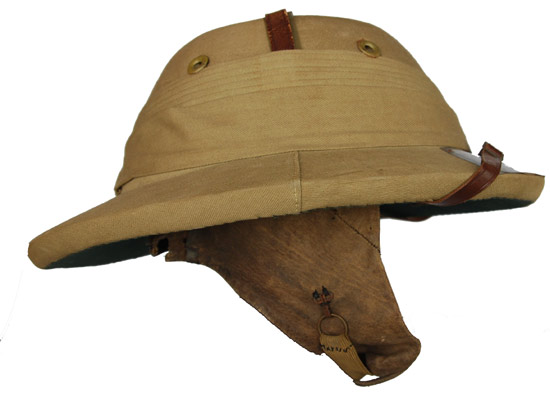
A sideview of the No. 80 Squadron used Type A helmet. Note this example is based on the “Bombay Bowler” (Author’s Collection)
The example in the author’s collection is marked to No. 80 Squadron, which was reformed in March 1937 as a fighter squadron and was equipped with the Gloster Gauntlet, an open seated bi-plane – the last RAF fighter to have an open cockpit. The squadron also received Gloster Gladiators prior to the outbreak of World War II when the squadron was moved to Egypt. The Gladiators were the RAF’s last biplane fighter aircraft.
No. 80 Squadron spent most of the Second World War operating in North Africa and the Mediterranean until returning to Great Britain in 1944 to take part in the D-Day Landings.
Peter Suciu

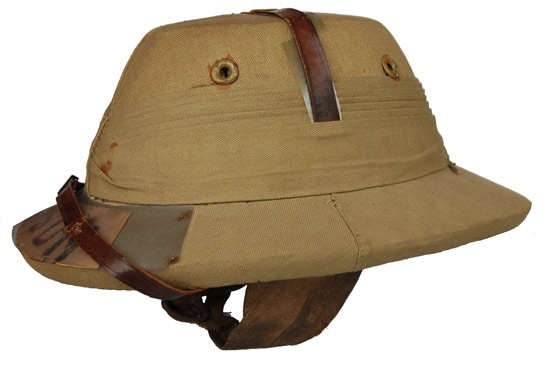
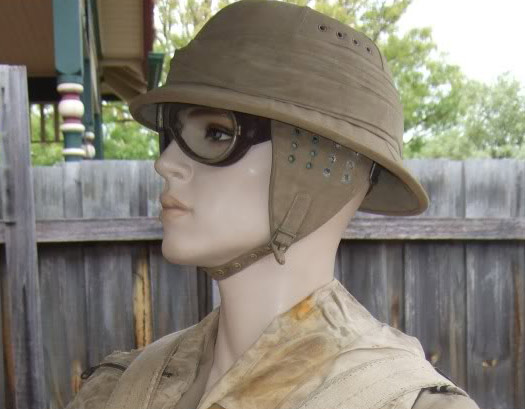
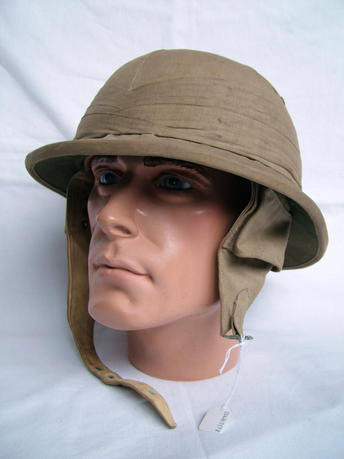
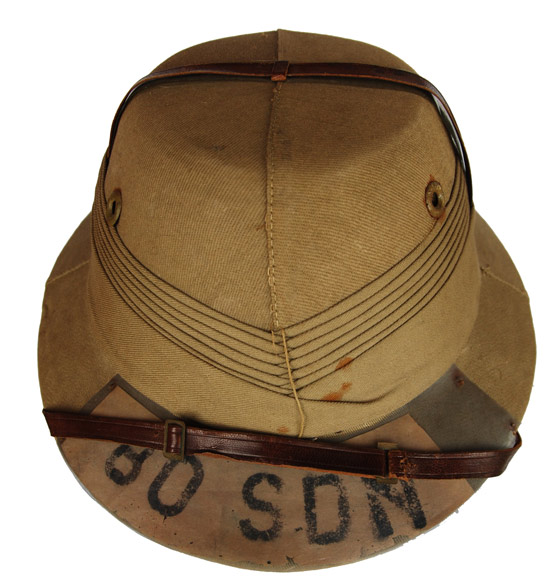
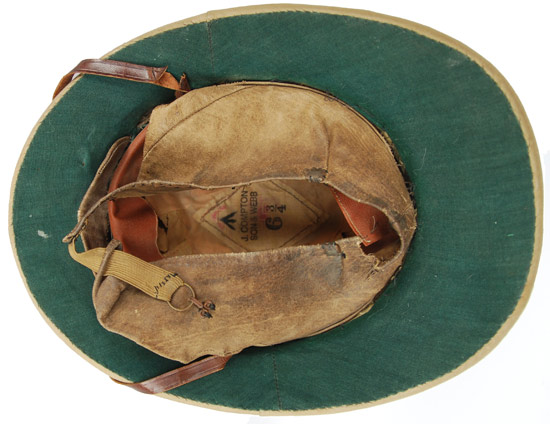
Hi there,
I teach literature workshops to kids, and our current book is The Twenty-One Balloons, by William Pene Du Bois. The protagonist of the story, a hot-air-ballooning professor, lands on a seemingly deserted island where he meets an aristocratic gentleman wearing a “cork bowler.” The book is set about 1888. Would this “cork bowler” be a “Bombay Bowler?” Can you advise as to a picture we could show the students? Thanks so much!